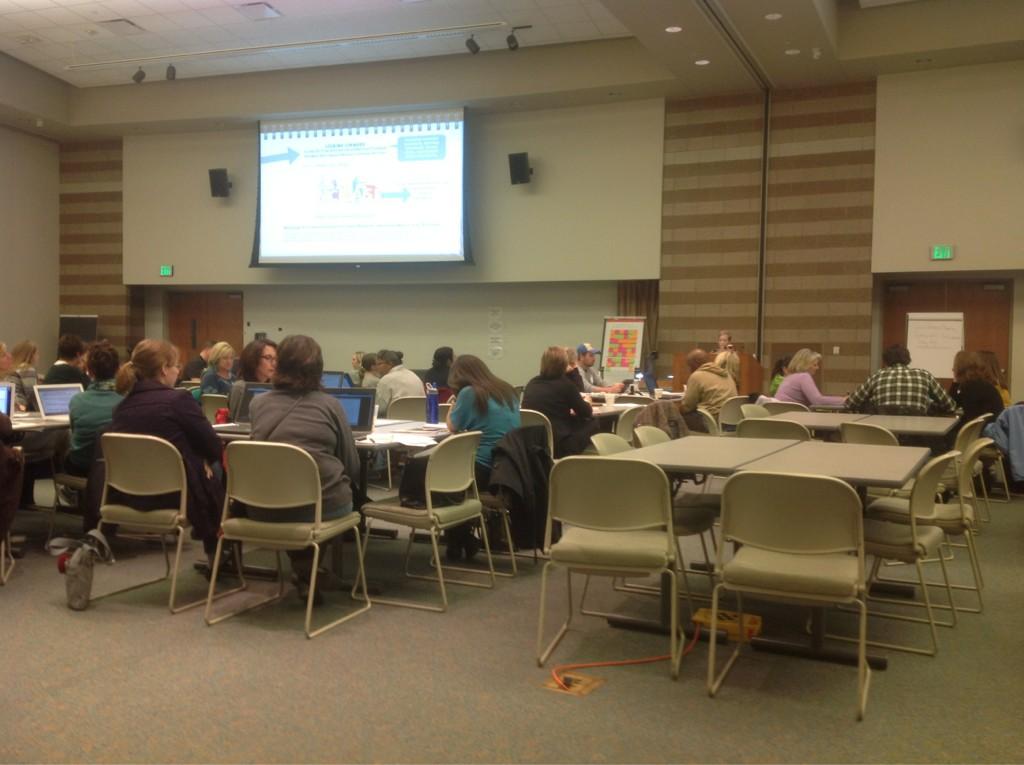As I was beginning my ninth year of teaching high school art
I spent a good deal of time this summer reflecting on how the past eight years
had gone. What were my frustrations? What were my successes? Which of my
frustrations could be addressed and hopefully resolved and which needed to
either remain on the backburner for another time or could be focused on and
hopefully turned into successes. I deciding to tackle the concept of failing at
creating art. The fear of failure is something we all face at various points in
our lives. It can either stop us in our tracks or it can push us to new
heights. I have faced this myself as an artist as well as almost daily in the
classroom with my students. How can we get kids to stop worried about failing
or ruining a work of art? Often the hardest part seems to be starting for some
whether it’s a fear of screwing up something that doesn’t even exist yet or not
even knowing where to begin. My new mantra this year has been “Trust your gut”
and “Fail Big.” I have found that when I follow my intuitions I have the most
artistic, as well as life, success. This has become an important lesson for me to
pass along to my students. I encourage them to allow time to think about what
they’d like to create within the guidelines of an assignment. Ask leading
questions to get them thinking about all the possibilities out there. And when
in doubt start with the first thing that comes to mind. This generally gets
them started.
Inevitably they will all get the point where they are afraid
to continue on with a work of art for fear of ruining it. That’s where the
“Fail Big” philosophy comes in. It’s sad to admit this but it took thirty-three
years for me to embrace this in my own art. I had this piece I was painting
last spring that I loved. Then all of a sudden I did something where I hated
it. I had a choice. I could stop there and let the piece of art die or I could
give it some time, some thought, and with a deep breath I could find a way to
fix it. After some experimenting and some courageous cutting I ended up with a
mixed media collage that I love. I realized that by forcing myself to problem
solve and find a way to make the piece work I ended up with an artwork that
never could have existed without forcing myself to push through the hatred
phase of creating.
This seems so difficult for students. They are so ready to
claim a work ruined and discard it or stop working on an artwork before
potential ruin could happen. Think of all the amazing works that aren’t getting
created because students are letting fear stop them or letting failure stand in
the way of finding a way to fix something. In an age of 21st century
skills and the need to help our students develop into problem solvers this
seemed like a much-needed focus for my classroom. I hung a large sign over the
door that says “Fail Big!” and that’s what we’ve been working on ever since. I
introduced the concept the first day to all classes and received many skeptical
looks. I created a Fail Big place for artworks that were going to take a time
out rather than allowing “ruined” works to go into the garbage can. This could
allow some other student to come along and see a future for one of those pieces
or for it’s original owner to reclaim it one day and give it new life. This
step of the process hasn’t happened yet but the other results of implementing
this have been astounding. We now celebrate failures as experiments. The
students know that when they try something that might not work it’s a chance to
learn something new that could be used in future artworks, even if it isn’t
necessarily successful in this piece. When someone adds something to the pile
we cheered at first as they gradually accepted the idea of embracing art
failures. And now I hear all over the classroom students discussing ideas for
how each can problem solve their way through an artwork, encouraging each other
to push through toward success, and when something truly doesn’t work
discussing how that technique or idea could work in a different art context. It’s
amazing! And the art that’s coming out of this is so much more creative and
daring than it had been in prior years. All in all I’d say that we are
succeeding at failing and I hope future semesters of kids embrace these ideas
as well as these groups have.













